You learn something new every day and today I learned something that I thought I knew, but have clearly been completely wrong about for most of my life. Having always thought that Indian Summer meant a few hot days in late September or maybe early October, I was surprised to find out that this is actually St. Luke's Little Summer which occurs in the days around October 18th and that these days were so named in order to give more attention to the saint's feast day as early Christians were spending far more time celebrating St. John's Day on June 24 and Michaelmas on September 29 and devoting too little time to poor St. Luke. True Indian Summer occurs only between November 11 and November 20, which I find absolutely amazing. But regardless, given that I live in New England (and it already snowed here yesterday for most of the afternoon), there usually isn't very much Little or Indian Summer to speak of here.
The early snow yesterday has me wondering just how severe this winter is going to be and for those who also prefer to consult nature over the five o'clock weatherman's predictions, here are a few things to watch for, courtesy of our Native American ancestors, to tell you if the upcoming winter is going to be a cold one.
Geese will be seen to fly at much higher altitudes
Oak trees will bear an excess of acorns
Chipmunks will be in abundance
Lakes and rivers will freeze later than usual
Onion skins will be thicker than usual at harvest
You'll see squirrels gathering a much larger supply of nuts
Woodpeckers will appear earlier than they do before a warmer winter
Corn husks will also be thicker and stronger at harvest as well
Monday, October 19, 2009
Indian Summer or Not?
Labels:
indian summer,
native american,
snow,
st. luke's little summer,
winter
Subscribe to:
Post Comments (Atom)
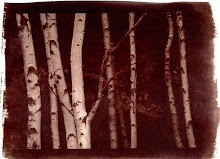








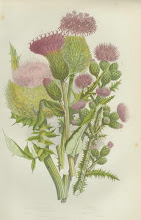
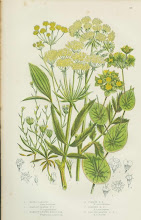
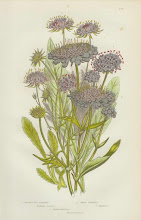
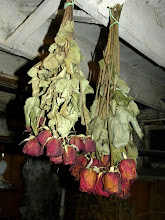
No comments:
Post a Comment